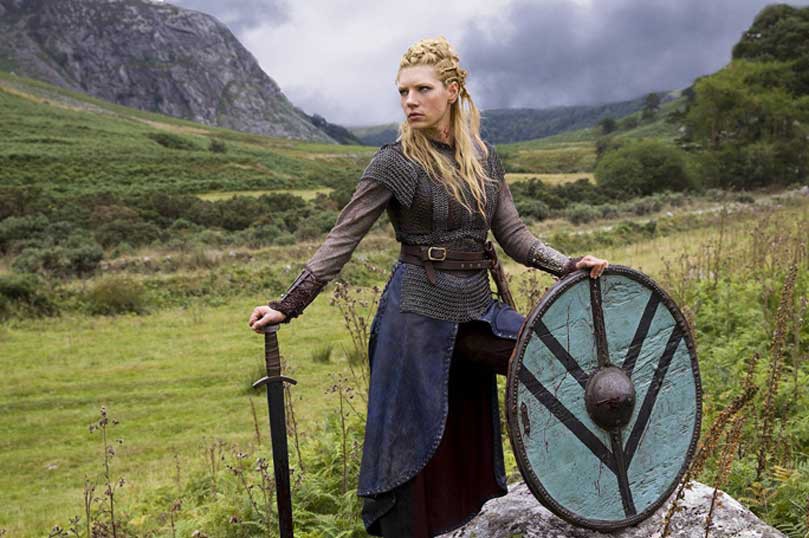
$2.99 eBook Sale: May 2020
Welcome, May! We’re celebrating the warmer weather with some new, month long ebook deals. Check out what Tor eBooks you can grab for $2.99 throughout the entire month here.

Welcome, May! We’re celebrating the warmer weather with some new, month long ebook deals. Check out what Tor eBooks you can grab for $2.99 throughout the entire month here.

Here’s what went on sale today! The Empty Ones by Robert Brockway Following on the heels of Robert Brockway’s comedic horror novel The Unnoticeables, The Empty Ones reveals the next chapter in the lives of a few misfits attempting to fight back against the mysterious Unnoticeables. The Empty Ones follows Carey and Randall to London…

A guest post from People of the Songtrail authors Kathleen O’Neal Gear and W. Michael Gear.

A guest post from People of the Songtrail authors Kathleen O’Neal Gear and W. Michael Gear.

A guest post from People of the Songtrail authors Kathleen O’Neal Gear and W. Michael Gear.

A Viking seeress encounters the magic of Native America. Read the first two chapters of People of the Songtrail, the latest novel by W. Michael Gear and Kathleen O’Neal Gear, publishing on May 26th. CHAPTER 1 Firelight fills the room. I hear murmuring echoes that seem to come from great distances, voices I almost recognize.…